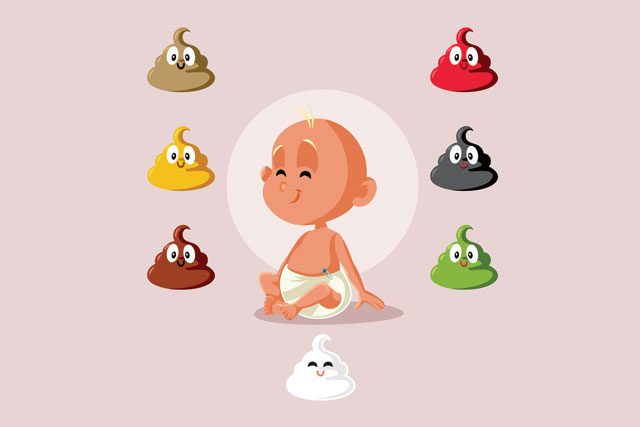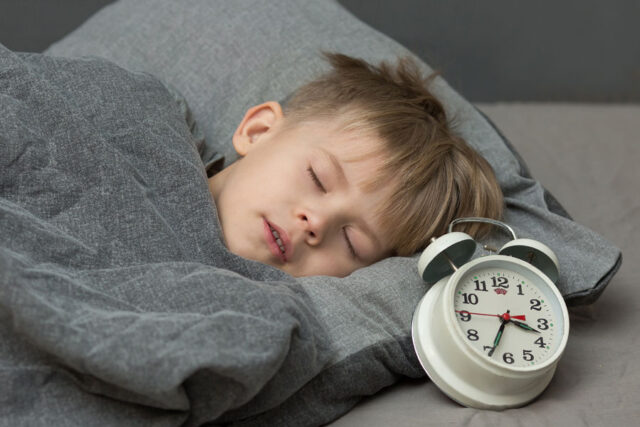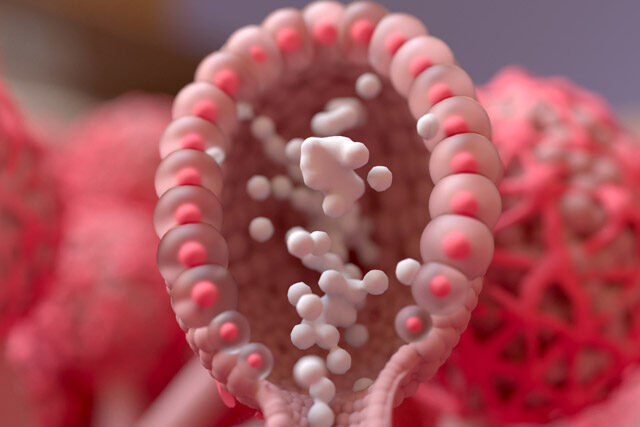Becoming a parent for the first time everything related to their baby that goes beyond their imagining of how it should be, causes them to panic. One of the most common things that make new parents freak out is seeing green poop in their baby’s diaper. Ask any pediatrician, and they will prove that during years of their practice, they got hundreds of calls from parents who were worried about their baby’s health because of their poop color.
So let us find out what is the norm and what is not to stay calm and know how to act in every situation.
What Should Your Baby’s Poop Be Like?
From the first days of life of the baby, their stool will change its color. According to the guides by the John Hopkins Children’s Center, the baby’s poop can be of many shades of brown, yellow, or green. Neither of these is a reason for concern if there are no other signs of illness that the baby shows.
In the first 3 – 4 days of life, your baby will have a black, tarry stool called meconium. Its color is the result of the baby’s eating or drinking the amniotic fluid, its own skin cells, and bile. After a few days of meconium, your newborn’s stool will change to yellow or brown.
The breastfed baby poop will get light brown to all shades of yellow, while infants drinking formula will have it in the shades of brown.
Reasons My Baby Has Green Poop
The green color of poop may be caused by a variety of reasons. However, the color of the stool alone is not a reason for concern. Below, you’ll find some most common causes for your baby’s stool to become greenish.
Your baby may be sick
The green stool in breastfeeding babies may be a response to bacterial infections or viruses. If this is the cause, the poop will look like diarrhea and may contain insignificant amounts of mucus. Also, the number of bowel movements may increase. If the baby doesn’t have any other symptoms of the disease, like fever or vomiting, the issue may be resolved without medical attention.
During the first six months of their life, babies fed with breast milk receive antibodies to most common viral and bacterial infections from their mother’s milk. So your main task is to sustain your feeding schedule and make sure the baby is hydrated. How to check that? There should be at least 6 wet diapers per day.
Your baby drinks more foremilk than hindmilk
Breastfeeding women produce two types of milk – foremilk and hindmilk. The milk baby receives at the beginning of the breastfeeding process is usually low in fats and rich in sugar. As the nursing session progresses, the infant gets to hindmilk, which is high-calorie and high-fat.
If for some reason, the baby receives more foremilk than hindmilk, their poop may get greenish. Also, the baby is more likely to suffer from gasses. To eliminate these unwanted symptoms, make sure the baby doesn’t switch the breasts too early and manages to get to the more nutritious hindmilk.
The mom eats a lot of green food
If breast milk is the only source of food for your baby, the color of their poop depends on the mother’s diet to some extent. Women eating a lot of green food, like leafy vegetables, may often notice their babies’ stool looks greenish.
It’s a reaction to solid food
When your baby starts eating solids, their poop becomes different in consistency and different in color. Typically, it ranges from dark yellow and brown to green. All these are variants of the norm. The color may depend on the color of solid food your baby eats as well as the individual peculiarities of their digestive tract. Sometimes, it cannot digest the food properly, leading to a change in the poop color.
Intolerance to food or formula
Have you noticed your infant’s stool color has changed after trying a new formula for babies? This may mean your child does not tolerate it well, and you may need to change it. In breastfeeding babies, such a reaction may appear as a response to the mother bringing some new food to her diet. This is especially common with products containing cow milk.
Aside from green stool, your baby may also get irritable after feeding and develop some skin reactions as well. Try to exclude the new product from the mom’s diet and see if the baby gets better. In case this doesn’t help, call your doctor for advice.
Intake of medicines
The use of some medicines by the breastfeeding mother may also color her baby’s poop green. Iron supplements, for instance, can cause the stool to look dark green.
Malnutrition
A rare but possible reason for your baby’s stool to turn green is malnutrition. Your breast milk may not be enough for the baby to get a sufficient amount of nutrients. Or, there may be an issue with the baby’s latching to the breasts, so they can’t suck well enough to get the amount of milk they need. Such infants are poor at gaining weight. They act either sleepy or irritable, as they are constantly hungry.
To deal with the problem, make an appointment with a doctor or lactation consultant as soon as possible. If you don’t produce enough breast milk, you may need to start feeding your baby with formula.
When the Baby Needs Medical Attention
While most of the time the color of your baby’s stool is not a reason to be medically reviewed, in some rare cases, your baby may need medical attention.
- You see blood in the stool. Such a symptom may signal intestinal bleeding and requires consultation with a medical specialist.
- The stool is black, and it’s not meconium. This may also be a sign of gastrointestinal bleeding.
- White, chalky grey stool is also a reason for concern as it may signal bile doesn’t get from the liver. This may be a life-threatening condition that requires immediate medical attention.
But please, note that your baby’s poop may get red or black due to some foods in their diet.




